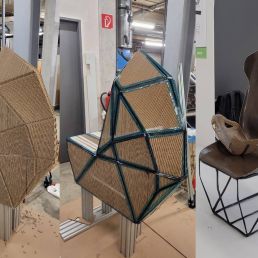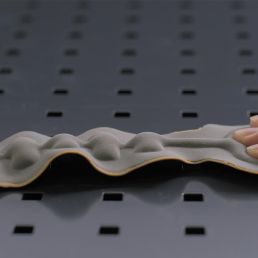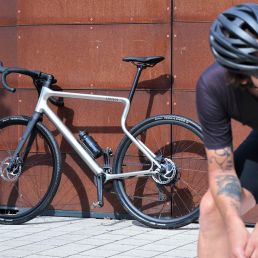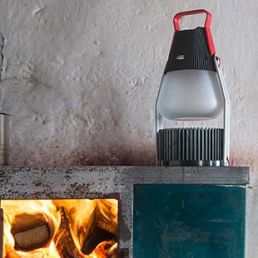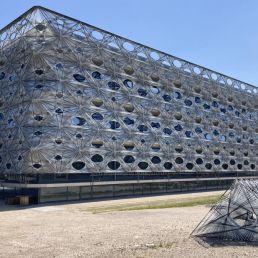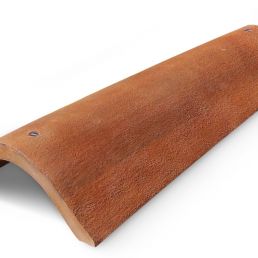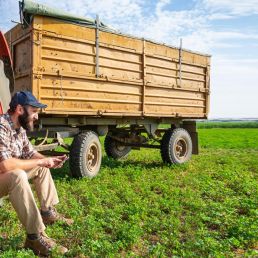
Ecoblaq - Molecular Wood Colours
natural surface treatment for furniture
23 March 2024
In environmental terms, the production technology today for most paints, lacquer and varnishes is basically the same. A paint, lacquer or varnish is a multicomponent system including film-forming materials, filler, pigments, thinners, solvents, functional additives, hardeners, accelerators and desiccants, many of which are environmental hazards.
No toxins, no microplastics, no environmental hazards
Paint is in large part made of plastic polymers (on average 37%). The paint/laquer/varnish-industry has over the years removed more and more of the toxins – but new science shows that we need to do way more. Paint is the largest source of microplastics leakage into our oceans and waterways, outweighing all other sources of microplastic leakage (e.g. textiles fibres and tyre dust).
Addressing these challenges is why ecoblaq has spent years in the lab developing a new toxic- and plastic-free technique of colouring wood black, brown, and grey. Currently, there are further tests on other colours based on the same method.

Ecoblaq`s technology do not need any film-forming top layer of paint, lacquer, stain or similar. Instead it is using a molecule manipulation method, a chemical reaction in the wood, making the wood change colour. That is why the natural wood patterns still shows, including the sense of warmth and structure of the wood.
The color is lightfast and long-lasting, tested up to 100,000 rubs (Martindale test). In case of a damage it can still be repaired, re-used, re-cycled & up-cycled. And at ‘end of life’ the non-toxic wood can be composted. It is biocircular.
The two founders of ecoblaq Eskil Hardt and Mikala Poulsen look into a future with a growth of responsible customers, a trend amongst the new generations supporting sustainable living. This trend is also promoted by public regulations and economic incentives pushing for more sustainable production and consumption methods.
“Basically, we look into a future where we need to rethink how we manage the resources of the earth to gain more value from the materials we use”, says Eskil Hardt. “And if wood products are designed to a long life-time, re-evented to do as little harm on the environment then it is one of most sustainable resources we have available.”
Ecoblaq is part of our “Material Treasures” at Futurium in Berlin.
image credits: ecoblaq, Denmark
BMW visionary seat concepts
28 September 2023
With the visionary seat concepts, BMW Design presents ideas for concrete…
Natural fiber reinforced car seat
22 October 2023
The focus of the project "Design for Recycling" is a seat shell that is made…
MotorSkins morphing textiles
19 April 2022
Berlin based start-up MotorSkins designs and produces textiles with embedded…
3D Pioneers Challenge 2022
15 December 2021
The 3D Pioneers Challenge 2022 adresses tech pioneers who pave the way for…
IGNIS – Light from waste heat energy
12 August 2020
The availability of affordable, independent and, above all, clean electrical…
Brake disc with reduced fine dust
21 April 2021
Fine dust endangers our health. One of the main sources is traffic, especially…
Texoversum
15 July 2023
With the "Texoversum", Reutlingen University has put into operation a training…
Invisible Terracotta Solar Rooftile
10 May 2023
The family-run business Dyaqua has developed a technology to integrate a…
Xarvio – Digital Farming
8 January 2021
BASF Digital Farming GmbH has received the renowned Crop Science Award for the…

